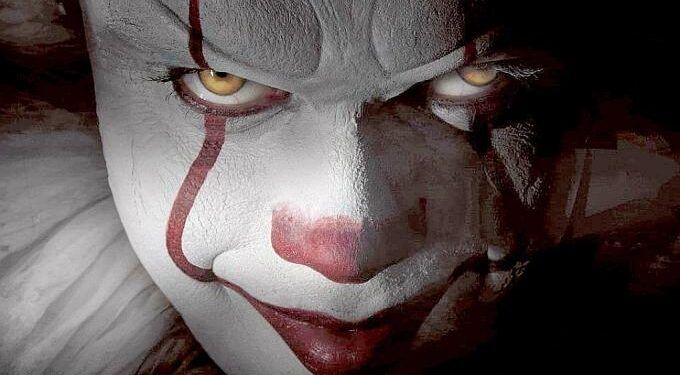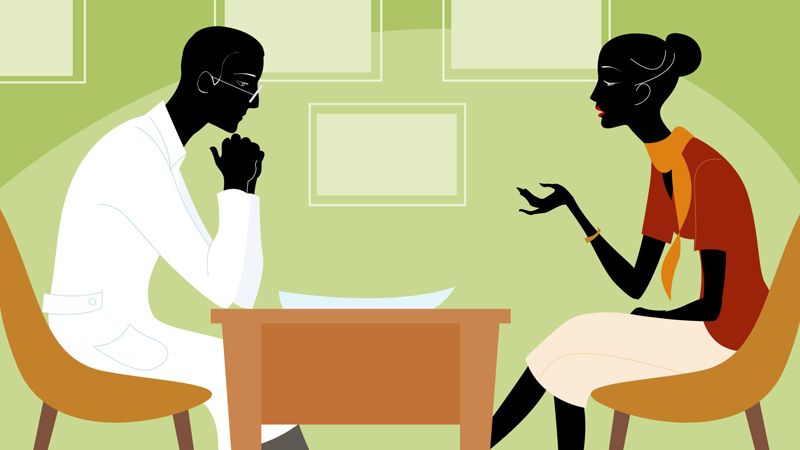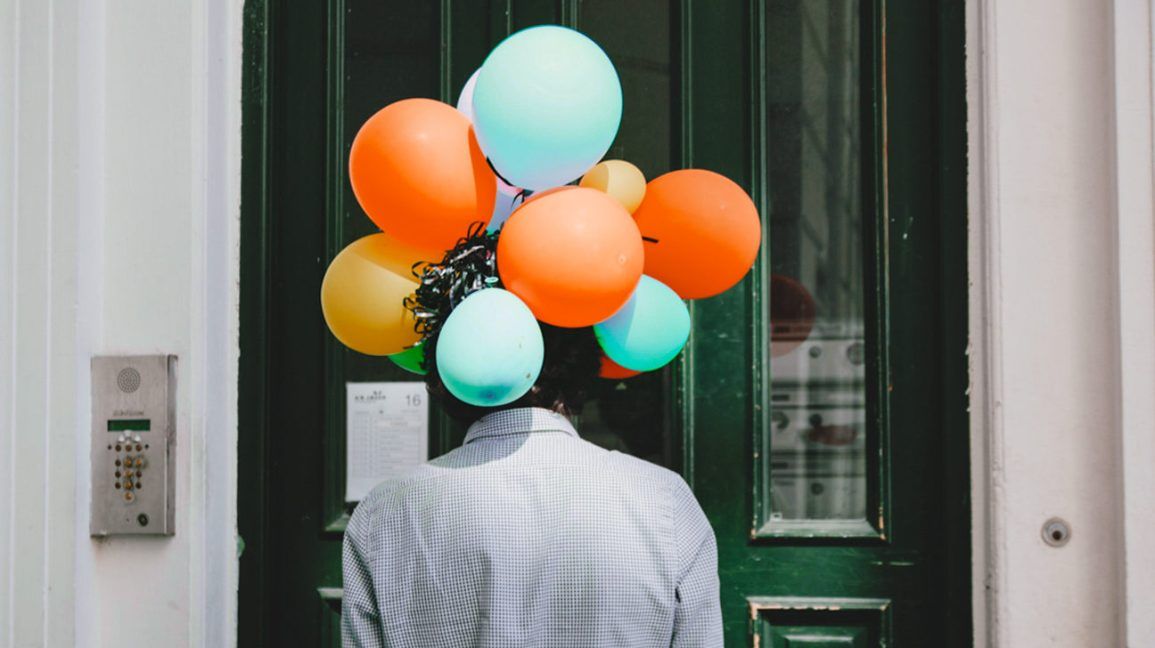Do you ever feel anxious when you see a clown or been in a circus?
Have you ever heard of coulrophobia? Coulrophobia is afraid of clowns.
According to a Chapman University survey, although fear of clowns may seem strange, 7.8 percent of people suffer from it.They found that being portrayed as negative characters directly contributed to intense cases of fear and clown phobia.[1]
In hospitals, clowns are brought in for morale.Well, have we thought about the effect of this on the mental health of people with coulrophobia?A study conducted in the USA found 1.2 percent of pediatric patients to fear clowns, compared to 85 percent of girls. They were afraid to even consider a visit from the clown. However, other studies find a very positive role for hospital clowns.
Other researchers found that a quarter of the 14 pediatricians and pediatric assistants surveyed thought they were afraid of clowns. BBC News describes a study conducted by the University of Sheffield in British hospitals, which found that all children (ages 4-16) surveyed expressed a fear or dislike of clowns.[2]
What is coulrophobia?
Often phobias are a deep-rooted psychological reaction to a traumatic event in someone's past.
Although there is no official diagnosis in the Diagnostic and Statistical Manual of Mental Disorders, Fifth Edition (DSM-5), the guideline that guides mental health professionals as they diagnose them, there is a category for specific phobias.
The term coulro comes from the Greek "colobatrists" meaning hiker and phobia meaning fear.
The things people don't like about clowns are their make-up, wigs, even red noses.People think the fear is in the painted face of the clown that doesn't let it show its true face.[4]
Elan Barenholtz, a psychologist at Florida Atlantic University, explains this situation as follows:
“People find anything that hides a person's face, like a mask, offensive. Because it also masks your way of understanding that person's identity and emotional state. We look at the face to see if someone is trustworthy, whether they are angry or happy, or if they are someone we know. A heavy face make-up, especially if a fake smile is drawn on the face, makes most of this information incomprehensible.”[3]
Symptoms:
Although the symptoms are similar to most phobias;
• Nausea
• Panic
• Worry
• Sweating or palm sweating
• tremor
• dry mouth
• feelings of dread
• Difficulty in breathing
• Increased heart rate
• Intense emotions such as screaming, crying or getting angry in the eyes of the fear object.[1]

Reasons:
Horror movies: Clowns are always portrayed as uncanny people to be feared in horror movies and people associate these phenomena with clowns.
Traumatic experiences: In the event of an attack or in an uncanny situation, the clown also participates in this experience. From this point on, there is an associated state of the brain and body to avoid any clown-related situation.
Learned phobia: Less common. Individuals, rules about the world, etc. they get a guide from an individual (parent, caregiver, etc.) Phobias can also be transferred together with these rules, although very rarely. For example, this phobia can start when the big brother tells the younger brother that clowns are something to be afraid of.[1]
Killer Clowns and Circus Clowns:
In recent years Killer Clowns have started to gain popularity, in halloween events etc. it is very popular. However, the idea that their masks hide reality also supports the idea of a killer clown. It is unfortunate that the circus clowns are negatively affected by this trend.[3]
The Cure:
Most of the phobias need help etc. doctor examination can be done. It is used for treatment in a variety of ways.
Psychotherapy:
It is speech therapy. Most phobias are solved this way. In major phobias such as coulrophobia, 2 types are generally used.

Exposure therapy: The person is exposed to what they fear in a safe environment. This can be with a picture. Show an expert clown photo and talk about current feelings.
Cognitive behavioral therapy: CBT focuses on changing thoughts and patterns around certain behaviors. For example, work with the therapist to change the way they think about clowns until something more positive or neutral.
Medicine:
It is best treated when taken in conjunction with speaking sessions. There are 2 types of drugs.
Beta blockers: They are there to slow the heart rate. some blood pressure patients can use it. They can be used in panic and attack moments and help to feel more comfortable and calm.
Sedatives: These types of drugs are more intense than beta-blockers and can be addictive. Therefore, they are not the first choice in first treatments.
There are techniques which you can use at home. But these are for saving the moment.
Mindfulness: it is a simple meditation aimed at correcting the present situation rather than the past. It helps to reduce the fear of being aware of the situation and acting accordingly.
Relaxation Techniques: Guided meditation, yoga, etc.[1]
But before all of them you need to find support.
These are;
• Finding a support group
• Contacting a psychiatrist
• Seeking a therapist or counselor
• Talking to a trusted friend or family. Reducing the shame and stigma around fear, helping to feel less isolating and intense.[1]
References
[1]Ağaoğlu, Ö. G. (tarih yok). Coulrophobia (Fear of Clowns) Causes and Treatment. Bilgi ustam: https://www.bilgiustam.com/coulrophobia-palyaco-korkusu-nedenleri-ve-tedavi-sekli/ adresinden alındı
[2]Fritscher, L. (tarih yok). Coulrophobia: Fear of Clowns. ReoVeme: https://tr.reoveme.com/coulrophobia-palyacolarin-korkusu/ adresinden alındı
[3]Phobia for Those Who Find Clowns Scary: Coulrophobia. (tarih yok). The Geyik: https://www.thegeyik.com/palyacolari-korkutucu-bulanlarin-fobisi-coulrophobia/ adresinden alındı[4]What is coulrophobia? »Definition and meaning. (2021, 09 19). awordmerchant: https://tr.awordmerchant.com/coulrofobia adresinden alındı


